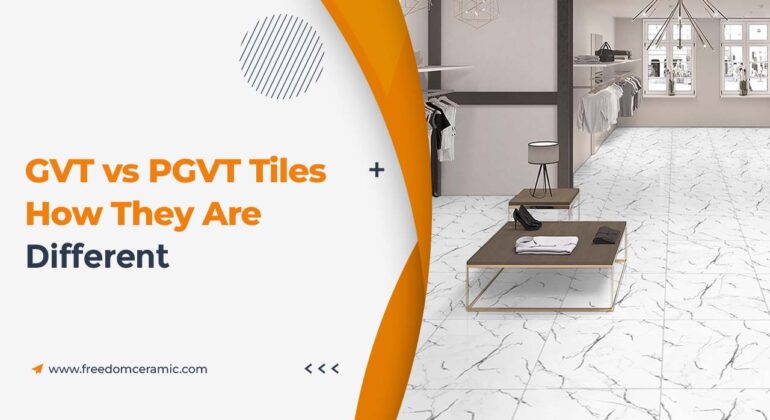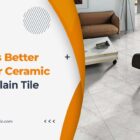Decors and interiors of both commercial and domestic settings have changed and so have the cladding solutions. From natural stones to marbles and not tiles, we have come a long way. Tiles in itself is going through a magnitude of change with each phase and need and trends of the world. One of the advancements led to Vitrified tiles. Vitrified tiles have progressed from simple colors and patterns to nearly emulating the elegance, richness, and, most importantly, the solidity of actual stone and marble.
Vitrified tiles are comparable to typical ceramic tiles, but they are less porous and may be used in a wider range of applications. They’re composed of clay as well but with somewhat different ingredients. The clay is combined with quartz, silica, and feldspar before being fired at extremely high temperatures. These additional elements form a glass element within the tile, making it very hard and resistant to absorption. Vitrified tiles are typically thicker, which is half the thickness of genuine stones such as marble or granite, but they have higher mechanical strength and scratch resistance.
There are four types of Vitrified tiles – Full Body vitrified tiles, Double charge vitrified tiles, Glazed vitrified tiles (GVT) and Polished glazed vitrified tiles (PGVT). In this blog, we will primarily discuss the difference between polished and glazed vitrified tiles and about their evolution and application.
What are GVT Tiles?
GVT or Glazed Vitrified Tiles feature a glazed surface, allowing them to offer a broad range of design, artwork, and surface texture options such as wood grain, bamboo, or stone.
What are PGVT Tiles?
PGVT, or polished glazed vitrified tiles, are highly polished tiles with a digitally printed design to give them a glazed appearance.
GVT vs PGVT Tiles
There is a significant difference between polished and glazed vitrified tiles, the differences are categorized as under:
Finish:
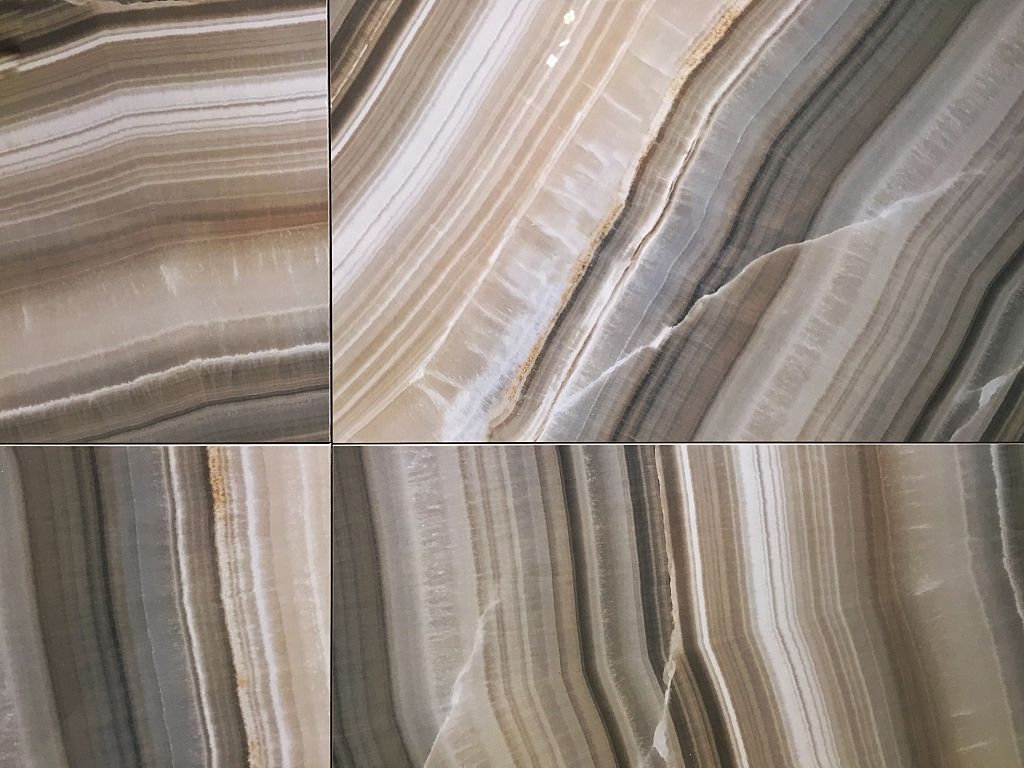
As the definition of both tiles suggests, by nature both have the most evident difference in terms of finish. As such while PGVT tiles are always available in glossy finish GVT tiles have a wide finish option ranging from rustic, and satin to matte and sugar finishes.
Purpose:
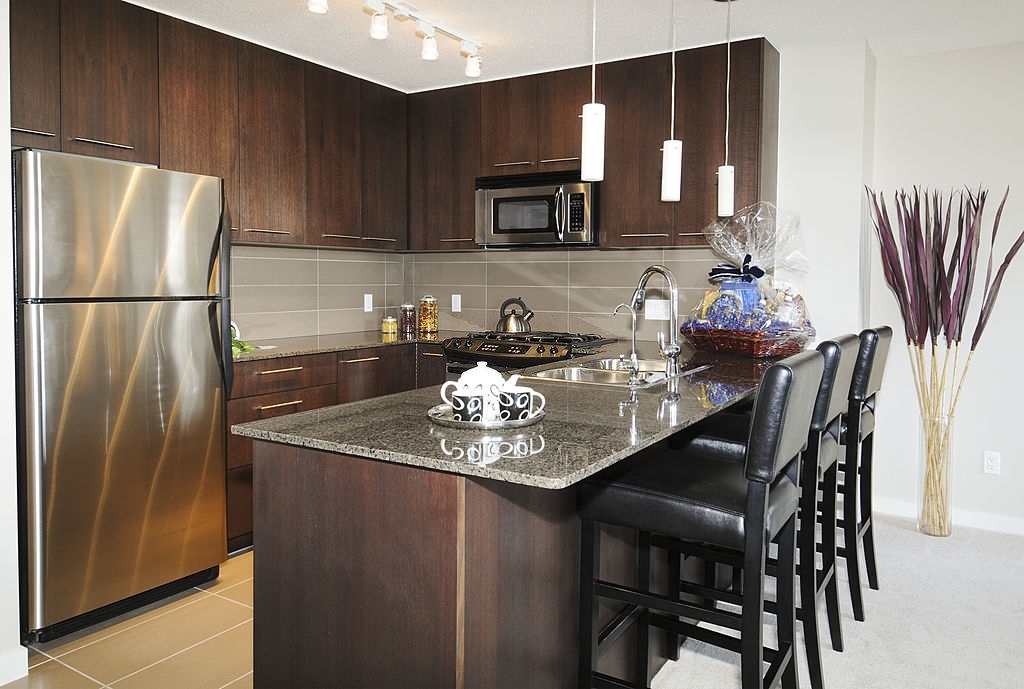
By design GVT has a wide application in different spaces and different settings they are likely to be installed in commercial settings more and in places where heavy traffic is expected. As opposed to GVT tiles, PGVT tiles are by design made for aesthetics rather than application and because of its glossy surface, their slippery nature may not be a good fit for a commercial setting. However, in a domestic setting or a place where you’d wish to engage the visitors, PGVT may be an ideal choice.
Though both these vitrified tiles are designed to withstand wear and tear, and are moisture resistant, GVT tiles are ideal for spaces where you can expect a bit of moisture and where it would likely create an issue – such as a bathroom or kitchen where a high gloss PGVT might not be suitable given its glossy and slippery nature.
Look:
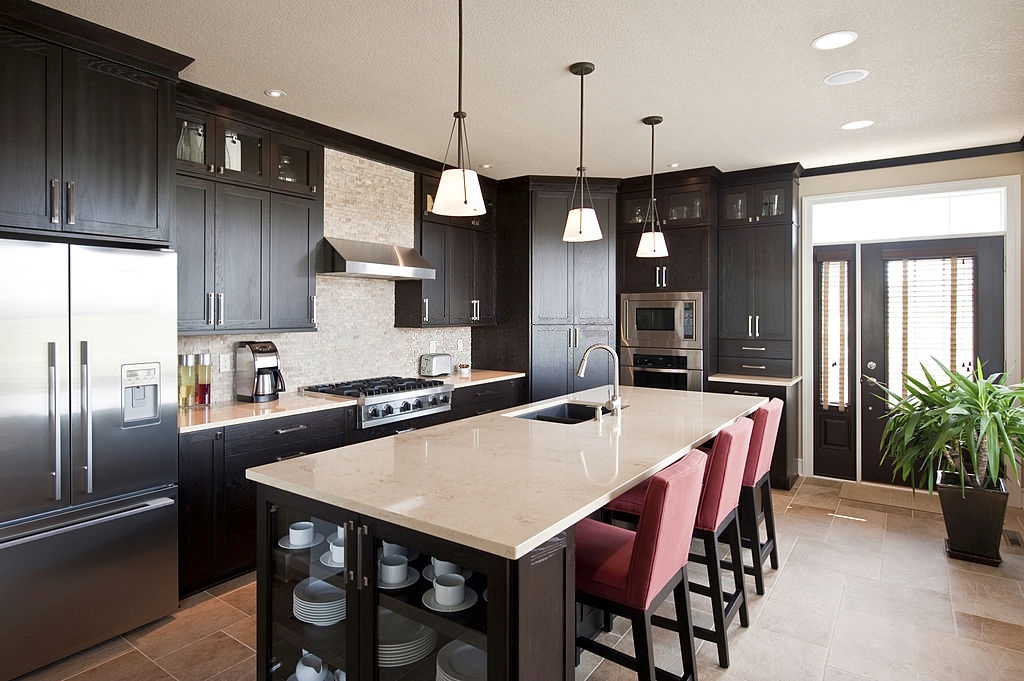
If you are looking for a more aesthetic option and not worried about the slippery nature of the surface, PGVT is the best bet, though GVT tiles have many more finish options, PGVT tiles are solely created for the purpose of beautifying a space. With digital printing evolution, it is now possible to print anything on the tiles such a landscape or mimic another stone design. Possibilities with PGVT in this regard give it an edge over GVT tiles when talking about the difference between polished and glazed vitrified tiles.
Maintenance:
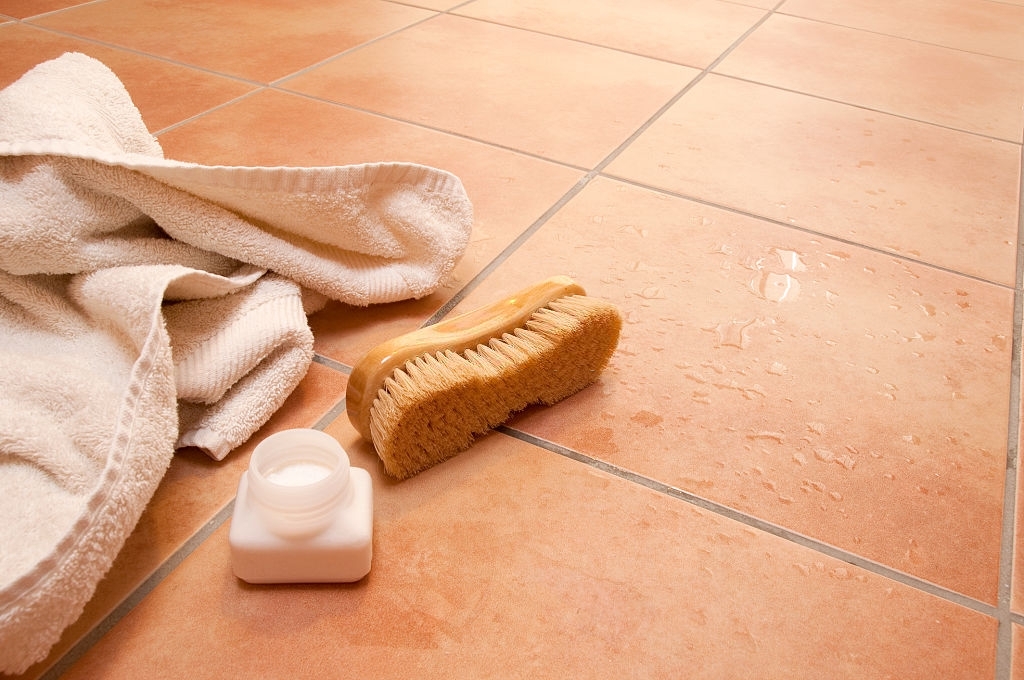
While choosing tiles maintenance might be the biggest issue that one might need to address. The friction-free and glossy surface of the PGVT tiles makes it easier to maintain these as compared to GVT which can accumulate dirt and stain in the long term because of its natural finish.
Freedom Ceramic offers PGVT/GVT tiles in a wide variety of designs and colors and sizes in range of 400 x 400 mm, 600 x 600 mm, and 600 x 1200 mm. With thousands of satisfied clients across the globe, they have been an innovative brand that has constantly brought the best of GVT & PGVT tiles to the market.

